-
Posts
393 -
Joined
-
Last visited
Content Type
Profiles
Forums
Gallery
Events
Posts posted by Harvey Golden
-
-
5 minutes ago, SaltyNinja said:
I think I can say that my goal is to balance a base of knowledge with what I think will end up being an attempt to scratch build early to mid 20th century wood fishing craft
This is an area of interest of mine, too. I've sort of backed into model building having come from a few full-size (albeit small) projects; Period books (and historical retrospects) covering full-size boat building may be the best source of information for craft of this period/genre. Books on models will certainly help with many aspects of scale, approach, fittings, etc., especially if you are building solid-hulls.
Best,
Harvey
- Canute, Bob Cleek, thibaultron and 1 other
-
 4
4
-
As a veteran scratch builder, I have to admit many of my models have had this issue to some degree, and the advice above is all-round perfect!
- Ryland Craze, Capella, mtaylor and 1 other
-
 4
4
-
Controversies are good to explore, but we might also ask what the historic record would look like without his contributions. I certainly have issues with some of his work, yet am glad he did the work.
Harvey
- allanyed, mtaylor and SaltyNinja
-
 2
2
-
 1
1
-
No expert on this, but I'd refer you to the trove of photographic resources at https://www.navsource.org . Briefly, most seem to have been greatly reduced in size and the 3-d effect was done away with (and brought back after the war). You'll also find that it seems to have varied greatly by type/time as to the size of the numbers. I don't believe they were obscured, based on what i've seen on Navsource, and the numbers (and letters when present) were white No doubt others here know much much more.
Harvey
-
Dear Clare, Thank you for posting the youtube videos of your models from Brooks' studies. They are very beautiful, and exceptionally well done. I had been thinking of making one from his book, but am over-extended with other projects. Someday! Best, Harvey
- Ryland Craze, thibaultron and Canute
-
 3
3
-
On 1/1/2022 at 8:53 PM, RGL said:
I need to move onto the dazzle pattern soon. Thing is, the colours (from the chart above) are different to the kit plans as well as the masks and dazzle design are different between the Gambier bay and Thetis Bay
Not sure if this is of any help: (Sourced from https://www.shipcamouflage.com/usn_cve.htm) They also show the Gambier Bay's scheme. (The ocean gray on the model's color chart looks a little dark.)
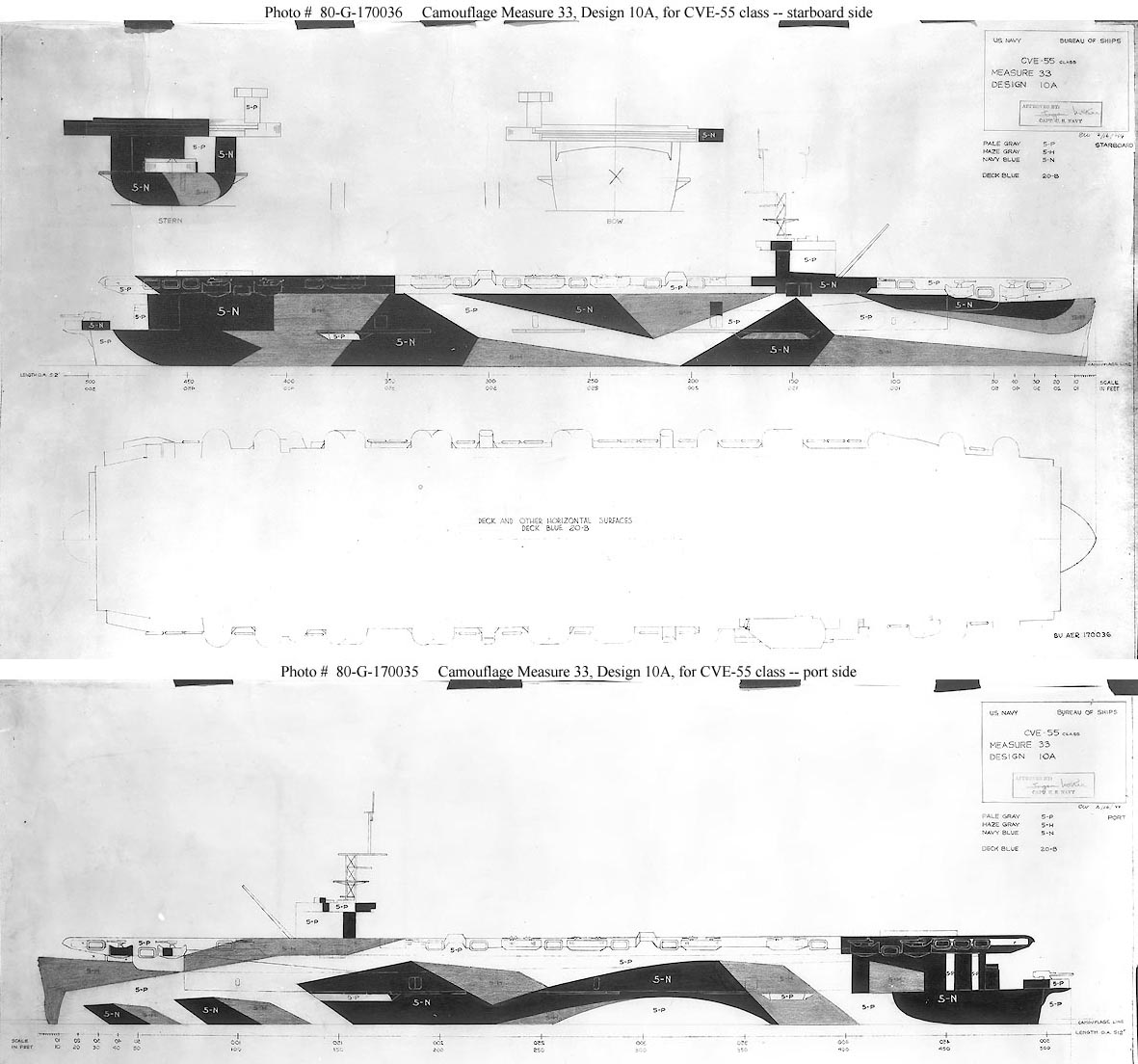
-
8 minutes ago, SaltyNinja said:
Thanks Harvey. I would love to see your efforts. Have you seen the book "Drawing on Our History: Fishing Vessels of the Pacific North West" by James A. Cole? It's got Columbia River boat history and drawings/pictures in it.
Hello Ian,
Yes, Cole's book is on the shelf here, thank you! I'm sort of new 'round these parts, but if you click on my name, it might lead to pics of my models. . . . they're a very random assortment(!) All the best, Harvey
-
Welcome! I'm a big fan of West Coast fish boats, and have scratch-modeled a few (mostly Columbia River types). Look forward to seeing your projects!
Best,
Harvey
- mtaylor, SaltyNinja, Ryland Craze and 1 other
-
 4
4
-
-
Hello Clare (and all)! Very interesting project, as always. What is the "Rope?" ... sounds interesting. Have the Nagoya Castle models been on exhibit long? I don't recall them from my visit (ca.2006). All the best,
Harvey
- mtaylor, thibaultron and Canute
-
 3
3
-
2 minutes ago, Captain Shaun said:
Why not print your own water slide decals?
I'd love to know more about this!
- Canute, mtaylor and thibaultron
-
 3
3
-
I've been wondering the same thing in recent days. Even if you match the color of the paper, the sheen, texture, precise shade is never exactly like the paint-- you learn quickly that there's a million forms of "white." In the photo, you can see the color difference between the white paper and the white paint adjacent the stripe. I have also been printing text and then going back with fine brushes to add the correct white, and then tidy up with the text color-- essentially using the printout as a pattern of sorts.
I think the biggest issue might be paint wrinkling up the paper as it dries. Perhaps if you know where the text will be on the paper, just pre-paint that particular area, so you aren't working with a full page of painted paper-- I haven't tried it, but this could work. Wondering who will try it first(!)
Best,
Harvey
- Canute and thibaultron
-
 2
2
-
-
On 10/7/2021 at 11:51 PM, awetherhorn said:
Harvey, What an absolutely gorgeous model! I just ran across it while browsing because I'm not a regular member.
I wish you had been in contact with me earlier, because the camouflage patterns have some minor discrepancies.
I posted the relevant pages from my book The Easter Egg Fleet that cover the patterns used on both Banago and Calala on the Warship Camouflage group site because I can't post photos here. I hope you'll look at them.
Black and white photos are hard to interpret, and colors on computers and in print aren't always exact either.
The model is still superb.
Aryeh Wetherhorn
Elazar, Israel
Dear Aryeh, Thank you for the kind comments and direction towards a good source on camouflage for ships of this period- I've just ordered your book! Yes, I had a lot of trouble with the patterns and colors for reasons you mention. I don't recall my source on the particular shades, but I think period paintings of ships were helpful, though undoubtedly a little misleading. Looking forward to reading your book-- all the best, Harvey
- Keith Black, lmagna, mtaylor and 1 other
-
 4
4
-
-
3 hours ago, Jaager said:
If HIC was replicating an existing historical plan, he used the direction on the original plan,
I am guessing that when he was starting with a half model or table of offsets he used his own preferred orientation - probably bow at the right side edge.
That makes very good sense, but there are still a good number of drawings he made from lines that he took that are not pointed consistently. I think if he had felt strongly about one direction or the other, he would've pointed them thus, even when basing a drawing off of a historic plan, but who knows?
-Harvey
- mtaylor, Keith Black and thibaultron
-
 3
3
-
5 minutes ago, Roger Pellett said:
In the 1960’s when Naval Architecture students were taught hand drafting of lines drawings, we were instructed that the bow always faced to the right. This would mean the the drawing would show the ship’s starboard side. I don’t know when this custom began.
Roger
I was also thinking about drawings. . . Chapelle's lines-drawings are very inconsistent, which strikes me as a little odd. No doubt certain schools have their "ways," but others just followed their fancy. The thought of a boat (in model or lines drawing) traveling the direction one reads is interesting, but when I 'read' a boat, I go from bow to stern, so my inclination is to draw them pointing left. (My mentor told me not to draw them that way, BTW...)
Harvey
- mtaylor, Keith Black, Bob Cleek and 1 other
-
 4
4
-
She's looking better than she was in 1998. Good to see.
Best,
Harvey
- thibaultron, mtaylor and Canute
-
 3
3
-
11 hours ago, Jim Lad said:
The reason for my question is that we used to have a red light over the chartroom table, but the wheelhouse was always in complete darkness (except for the steering compass light).
John
An easy fix-- thank you.
- Canute, lmagna, Keith Black and 1 other
-
 4
4
-
1 hour ago, Jim Lad said:
Not sure about the red light in the wheelhouse - is that an American thing?
Dear John,
It might not be period-correct-- I've not been able to determine this. Otherwise, not an uncommon color of lighting for nighttime navigation, at least since the 40s. The auto-exposure on my camera sure makes it brighter than it should be.
Best,
Harvey
- mtaylor, lmagna, Keith Black and 1 other
-
 4
4
-
Oops. I finished. I think, anyways. First time building a ship with ratlines, though simple and mercifully few, as they were. Van Gaasbeek's book was a wonderful source, though when you really get into it, one is still left with many questions. Never mind reading the plans. . . I searched the internet for hours trying to find out what an "MF Vent" was before realizing it was just a bad imprint of "MR VENT" or Mushroom Vent. (I sure came up with what MF stood for on my own.) If anyone wants mirrored-sections (in a .docx file) or any other 'stuff' I drew up for the project, let me know. Below are photos; I'll probably post a few on-the-water pics in the Gallery next time I get down to the river. Thanks all for following along.
Best,
Harvey
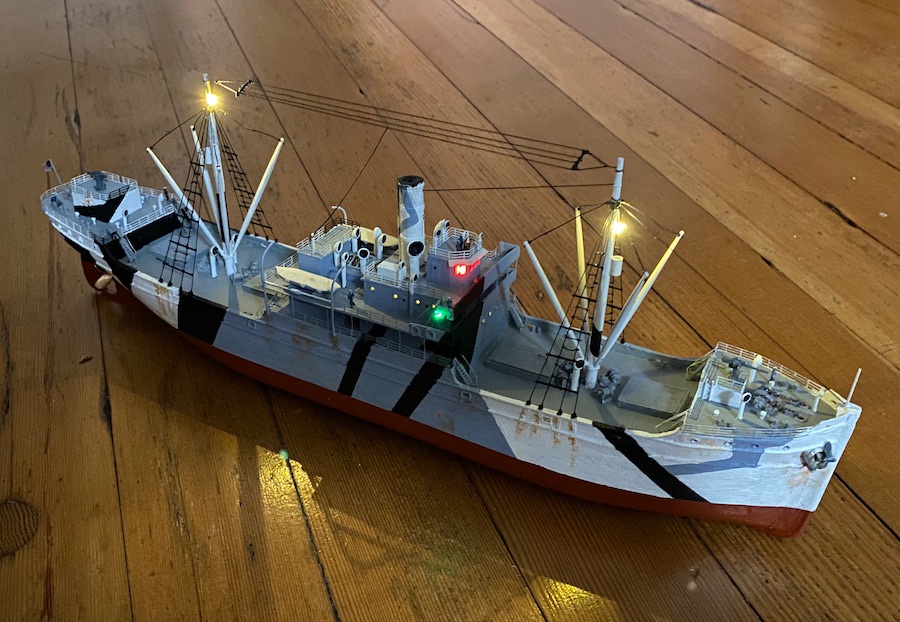
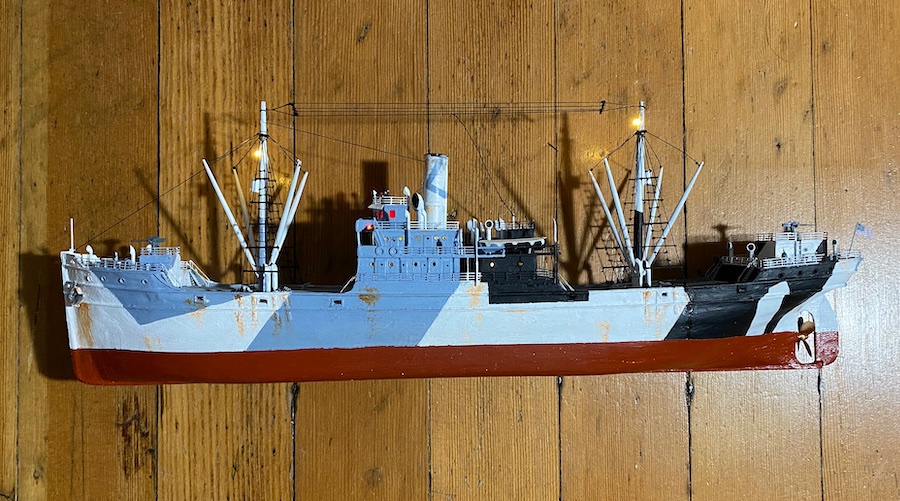
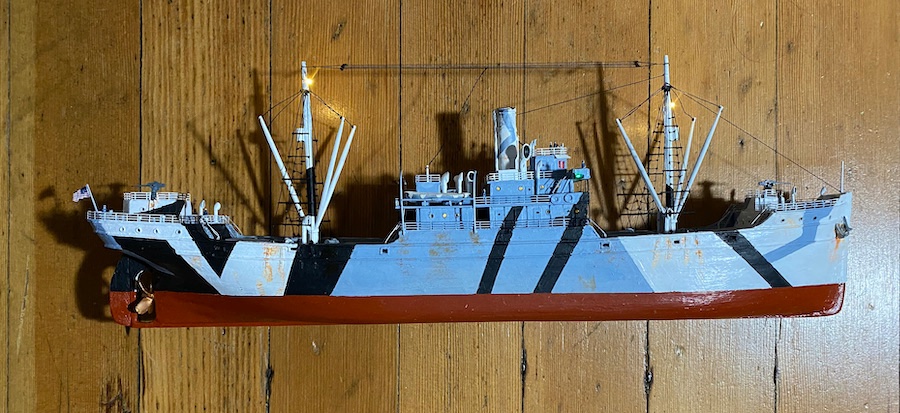
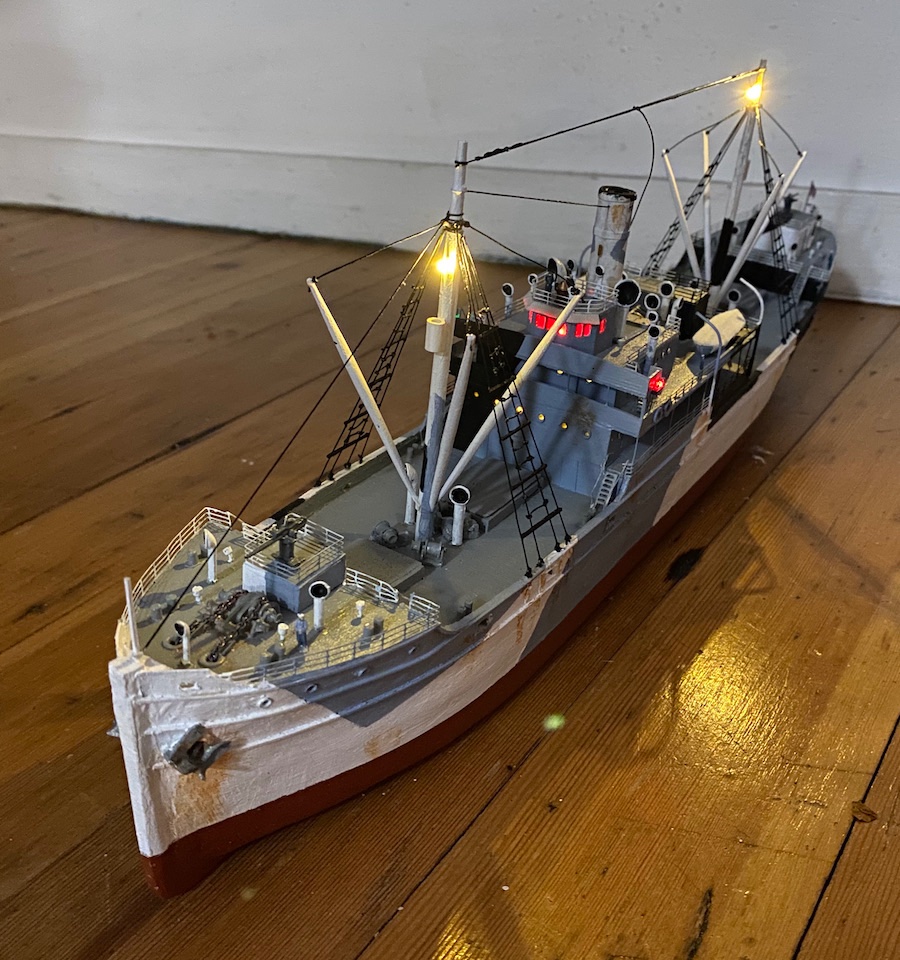
- KeithAug, GrandpaPhil, John Cheevers and 6 others
-
 8
8
-
 1
1
-
Stays in place and ratlines in progress. Chainplates in place (made of paper with glue 'bolt-heads'). A couple errors fixed, such as the height of the forward rifle platform. Many more details ahead and clean-up here and there. I do believe I'll be making a rudder in the not-too-distant future. Oh-- a crew was scrounged up, as well! (Trumpeter 1/200).
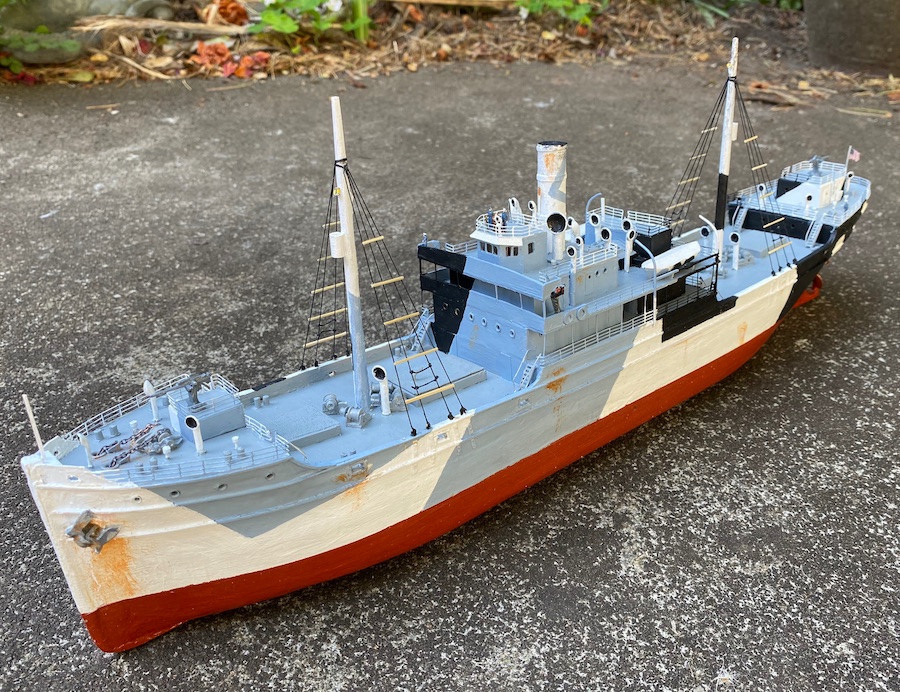
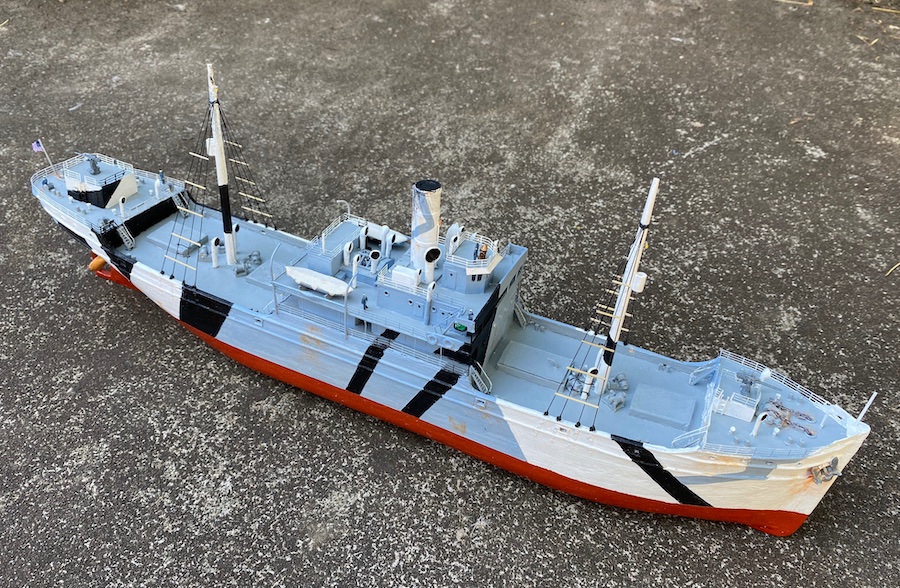
-
-
A bit more progress lately. Also, here's some little details that might be of interest . . . Book-cloth for lifeboat covers and grommet punches to make life rings. I've also used these punches to make portholes when using heavy paper for cabin walls-- they leave a nice raised ring on the opposite side (I used grommets and plywood for the walls on this model).
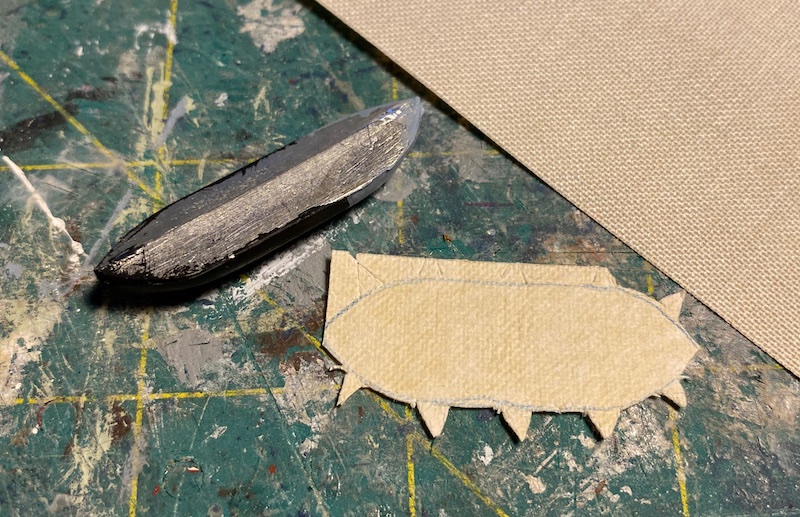
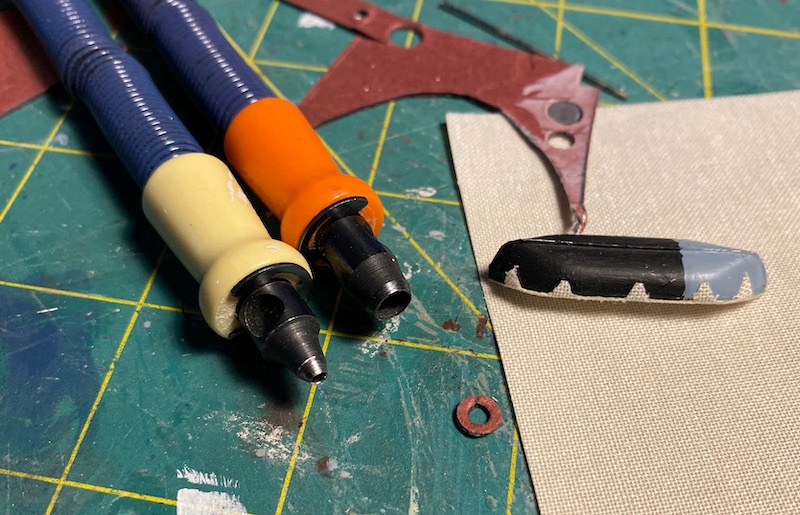
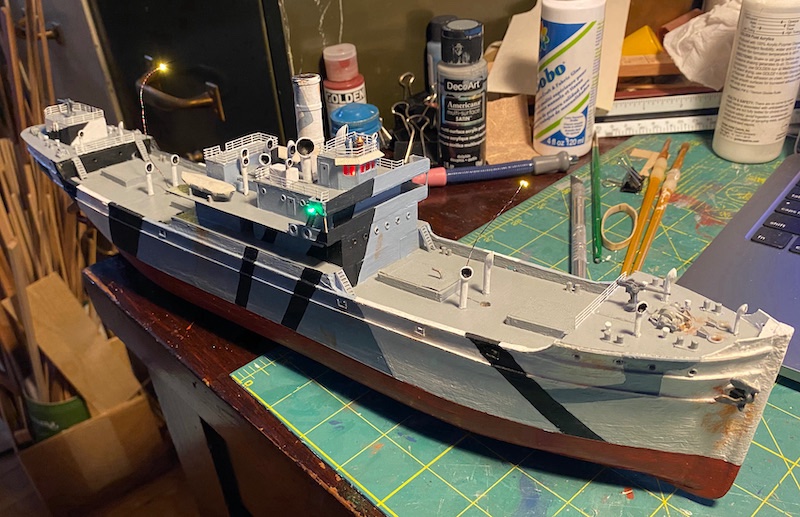
1918 was a very good year for cowl ventilator salesmen . . .


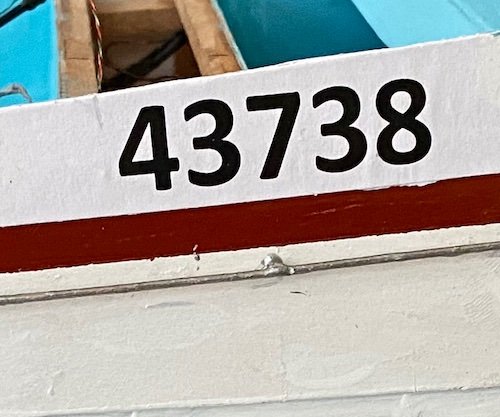
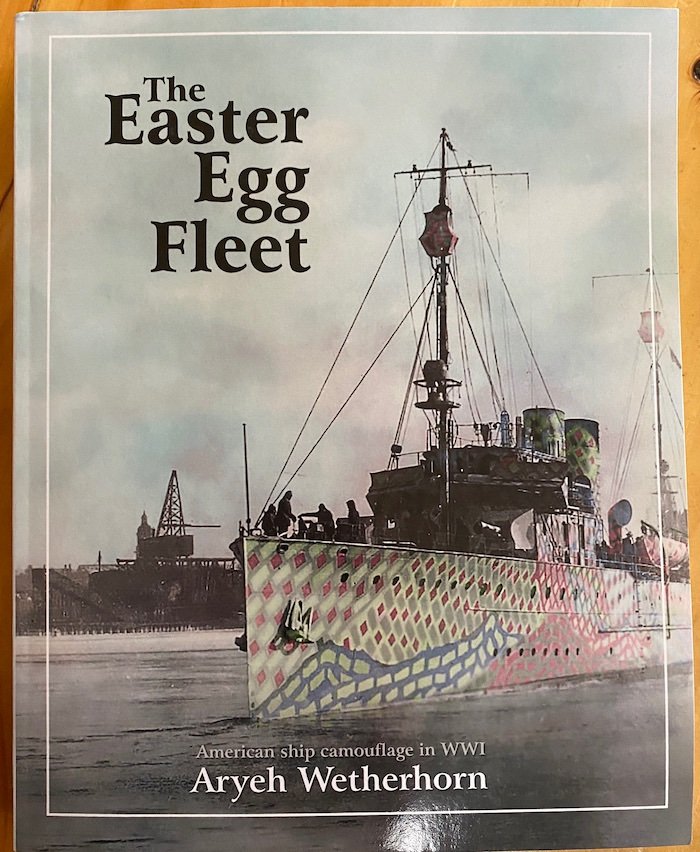

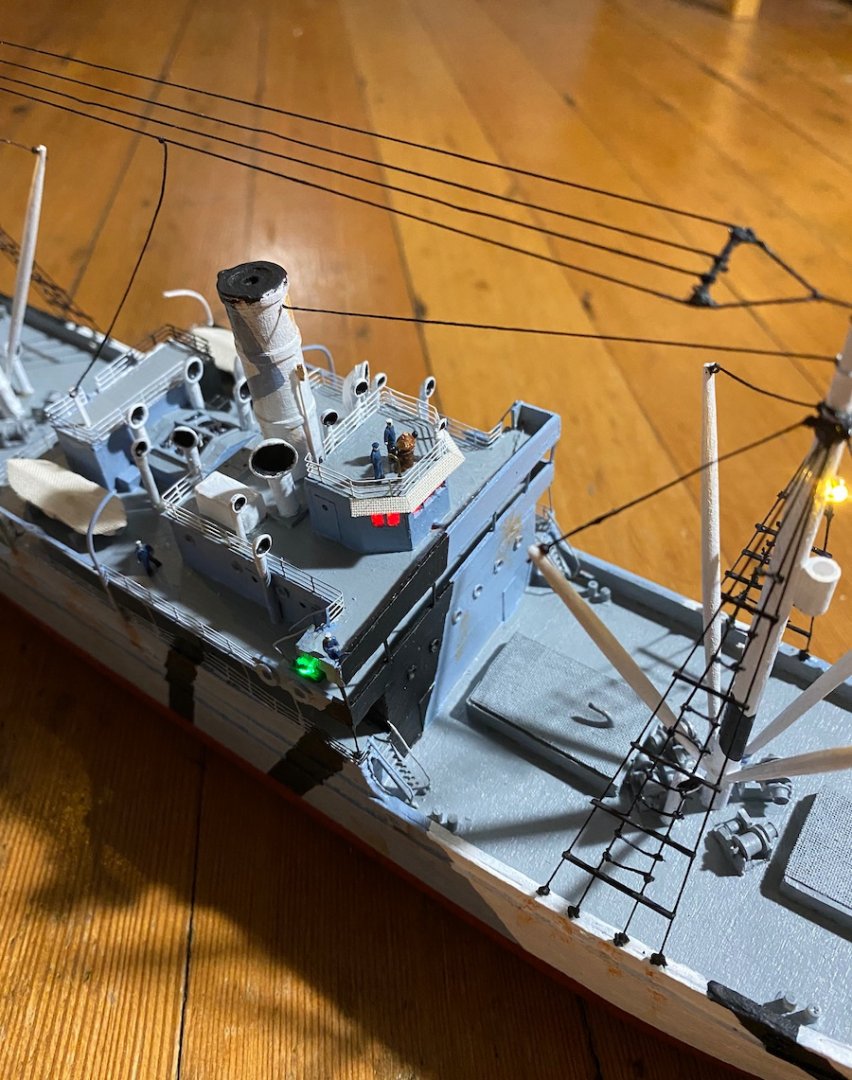

Historical Teachers of the Modeling Craft: Davis vs Underhill
in Nautical/Naval History
Posted
To Jaager's list, I'd add these two volumes by Harry Sucher: "Simplified Boatbuilding: The Flat-Bottom Boat" (1973), and "Simplified Boatbuilding: The V-Bottom Boat" (1973 & 1974)-- both geared for chined craft, as their subtitles suggest. Each is a building manual with regional nuances highlighted (mostly U.S.) and each features numerous scale drawings of many types.
Ed Monk's books are superb, and also Sam Rabl's "Boatbuilding in your own Backyard" (1947) would be helpful.
(As an aside, I hope I'm not the only one who thinks a large bibliographical resource on boats, models, ships, etc. would be a nice thing to have here... I'd be willing to help with this.)